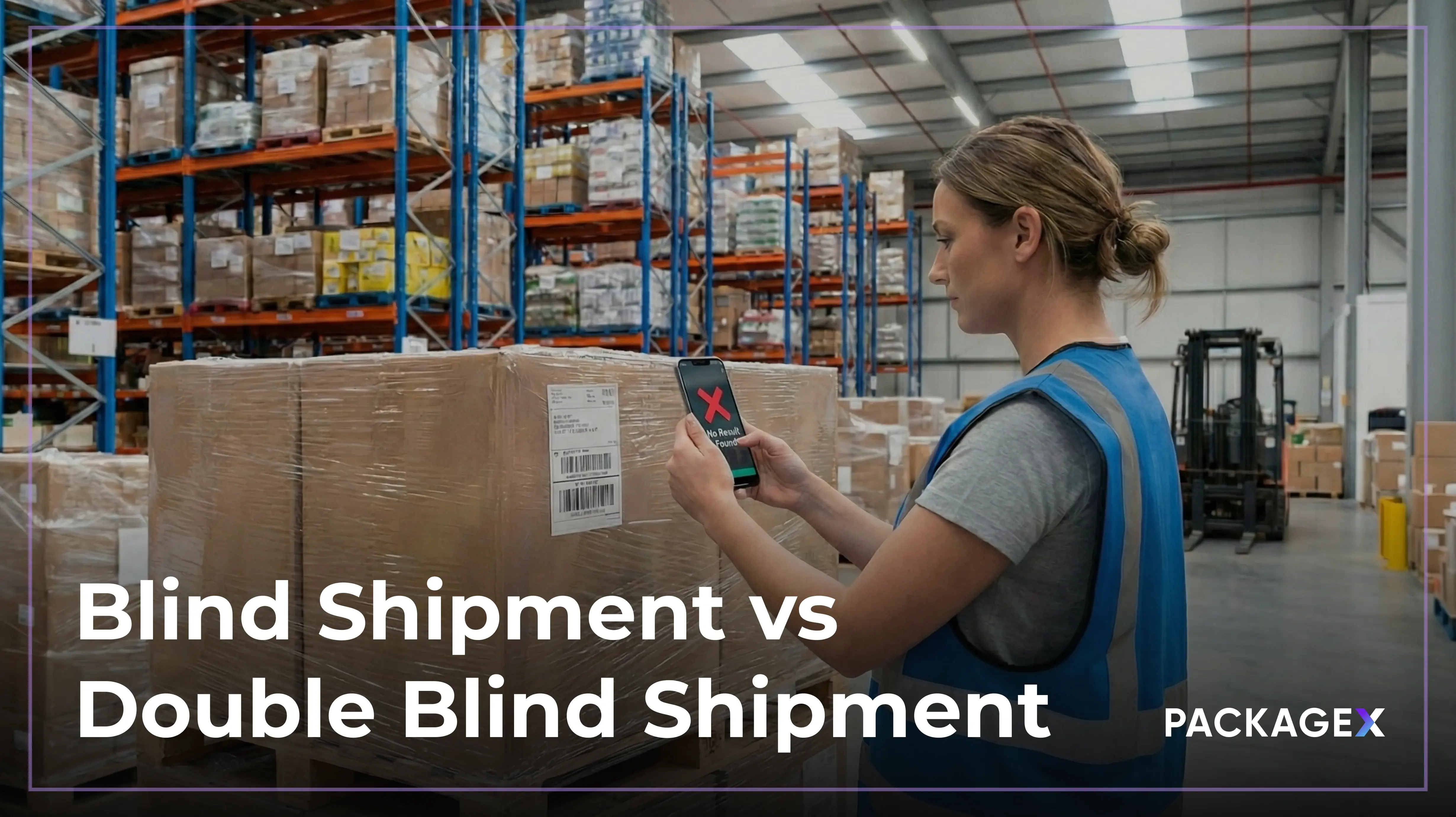In recent times, the increasing use of digital media has increased the demand for digitized documents. Digitally stored papers have significant advantages over their ‘real-world’ equivalents, particularly in the amount of physical space they take up and the security that comes with their use.
Many firms and organizations are looking to automate and streamline their digitalization pipelines, and optical character recognition is becoming increasingly vital. For example, businesses require invoice automation or handwriting recognition to ensure accuracy and efficiency. These businesses make considerable use of optical character recognition artificial intelligence.
The global text recognition technology market is projected to cross USD 12.6 billion in the next four years. The OCR industry will foresee a growth of 13.3% during the forecast period.
What is Optical Character Recognition?
Optical Character Recognition, or OCR, gives us various options for viewing, finding, and recognizing text in images and labels. When we think of optical character recognition, we automatically think of a lot of paper.
From confidential personal documents to legal documents, not only do they take up a lot of space, but they can cause you problems if lost. This is where OCR comes in and acts as an essential part of document digitization. OCR Machine Learning is a group of computer vision problems where handwritten or typewritten text from a digital image is processed into a text readable by machines. Your system then performs a function to process, save, and edit the output as a text file or as part of data entry software.
Since the rise of machine learning text recognition in 2014, people have tried several traditional techniques to solve the OCR Machine Learning problem via computer vision. However, it is essential to explore new methods to make our models robust to these variations so that businesses can deploy their machine learning applications at scale.
What is Deep Learning Character Recognition?
With advancements in deep learning and machine learning text recognition, additional solutions to the OCR problem become available. This means there are now numerous ways to convert analog text to a digital format.
Deep Learning is considered one aspect of the OCR model, which encompasses a group of algorithms based on neural networks. The machine’s functionality is inspired by the way the human brain functions.
Deep Learning & Machine Learning Text Recognition
In-text recognition technology, people typically use recurrent layers and transformers, proven successful techniques for accurate results.
Long Short-Term Memory (LSTM) and Gated Recurrent Unit (GRU) are the most common and widely used recurrent layer systems. In this field, the concept of transformers is relatively new. Previously, we have seen transformers being used in Natural Language Processing (NLP). With the same idea, the use of transformers in computer vision applications has shown a lot of promise.
It will not be wrong to say that deep learning has completely transformed the field of OCR. There has been a lot of progress in this subject in the recent few years. Some of the techniques employed by an OCR system have also been employed in other fields.
Types of OCR
Yes, Optical Character Recognition has more than one meaning. The text recognition technology can also perform other tasks like reading license plates, street signs, and no-robot captchas.
Let’s have a look at different types of OCR:
OCR for Beginners
The entire OCR services engine comprises two elements for text detection and text recognition. These components are sometimes combined end-to-end, with the OCR engine taking an entire document as input and producing accurate and error-free output.
To create this solution, OpenCV may be used to process the photos, which will then be passed into a Tesseract OCR engine, which will extract the text from them.
Let’s learn a little bit about these technologies:
1. OpenCV
OpenCV is a library designed to work with C/C++ and Python programming languages. OCR utilizes this framework as a platform for text recognition technology which is frequently used to extract text and valuable data from images.
The library has predefined functions and can perform erosion, dilation, edge detection, slicing, and more. The goal is to produce an accurate result from a sample image.
2. Tesseract OCR Engine
Initially released by HP in 2005, Tesseract OCR Engine is an open-source library widely used for machine learning text recognition. It gained immense popularity when Google started developing the engine beginning November 2018.
The OCR engine can scan, identify, and detect text in various languages. The processing is relatively quick, and the image's textual output is instant. This library is used by many scanning applications which rely on its extraction algorithms.
How Optical Character Recognition Works?
Optical character recognition artificial intelligence works on a Convolutional Neural Network (CNN) model. This OCR model utilizes embedded text recognition technology to extract and process text found in images. What makes OCR an amazing technology is its ability to recognize text from different images with the same font. This is where deep learning character recognition does wonder. The majority of the systems have implemented Tesseract OCR Engine to recover text from images.
Sounds simple, right?
It is not if we look in-depth at how optical character recognition works in its truest meaning. To accomplish OCR machine learning, the process starts with a text localization followed by character segmentation. Once all of this is done, the OCR performs character recognition to find the final missing pieces. The Tesseract OCR is in charge of all of these stages. When employed on printed text, the OCR engine is highly accurate.
So, what’s next?
Getting Relevant Information
Whether you use OpenCV or the Tesseract OCR Engine, the primary goal is to get relevant information using text recognition technology. If we specifically talk about invoices, the OCR model can easily help you recover crucial data such as the total amount and date of purchase. Imagine getting all this data with a simple scan.
{{returns-webinar}}
Accurate Results
Talking about the same example as given above, the ratio of the correct number of words acquired from the textual image can be characterized as text retrieval accuracy. Higher accuracy reflects the efficiency of pre-processing processes and the OCR's ability to extract relevant data.
How Can PackageX Help You With OCR Machine Learning?
Are you looking for a similar solution for your business? Whether you manage a warehouse, mailroom, or locker provider solution – OCR technology can be a game-changer making things easier and hassle-free for your staff. PackageX offers OCR API to help you improve your business processes and enhance customer experience. The OCR machine learning has become an invaluable tool in the past few years. Your business can easily process and extract crucial data from text vision to data validation, face, or document recognition with PackageX logistics solutions.
We believe in the potential of optical character recognition, so our objective is to assist businesses with their digital transformation.




